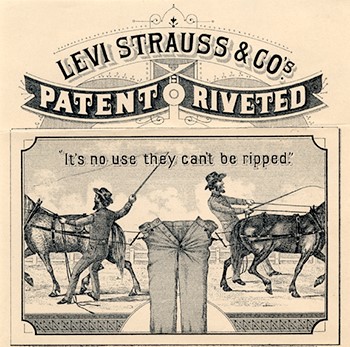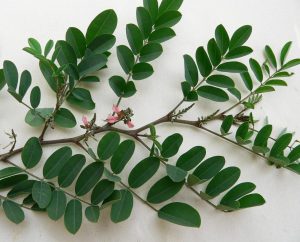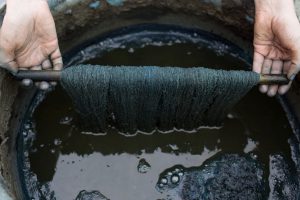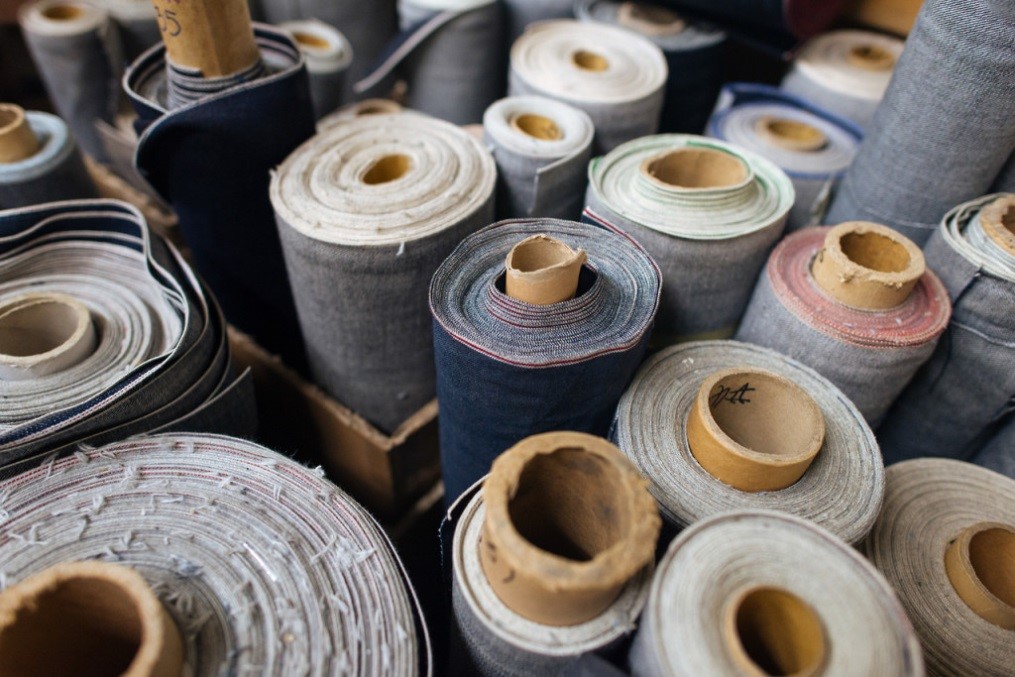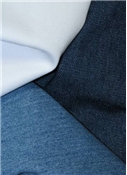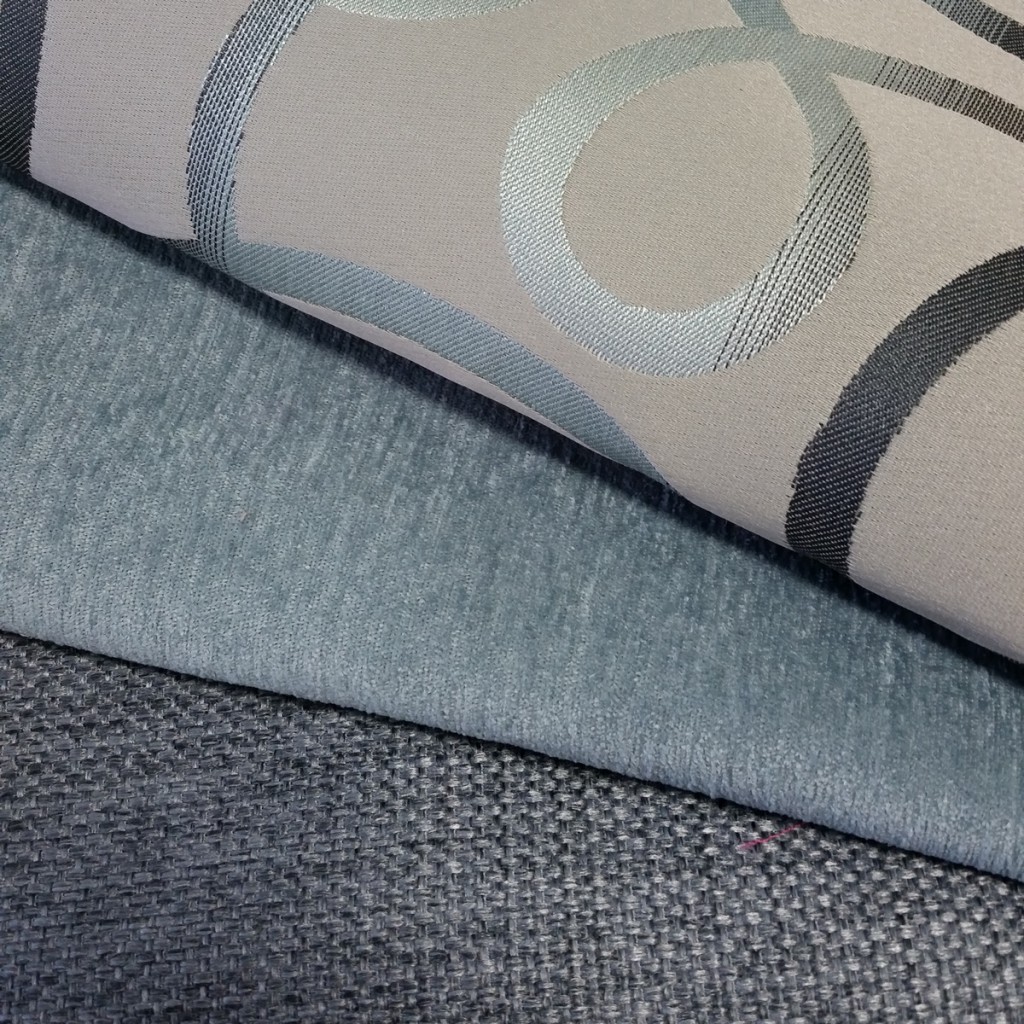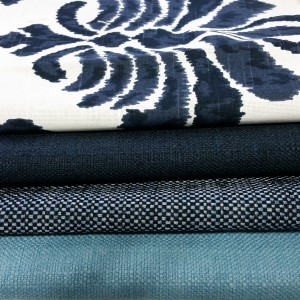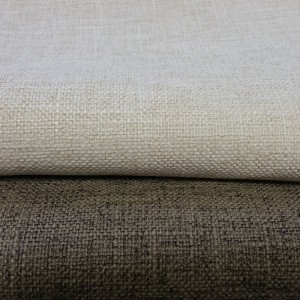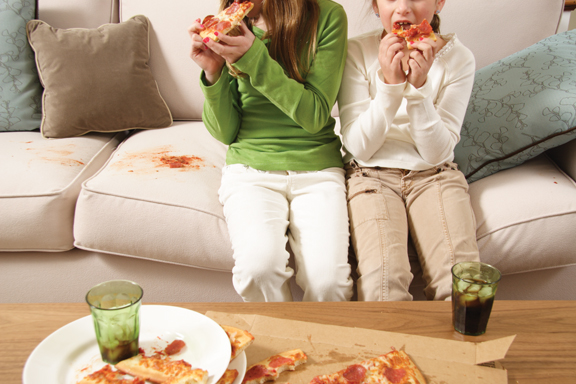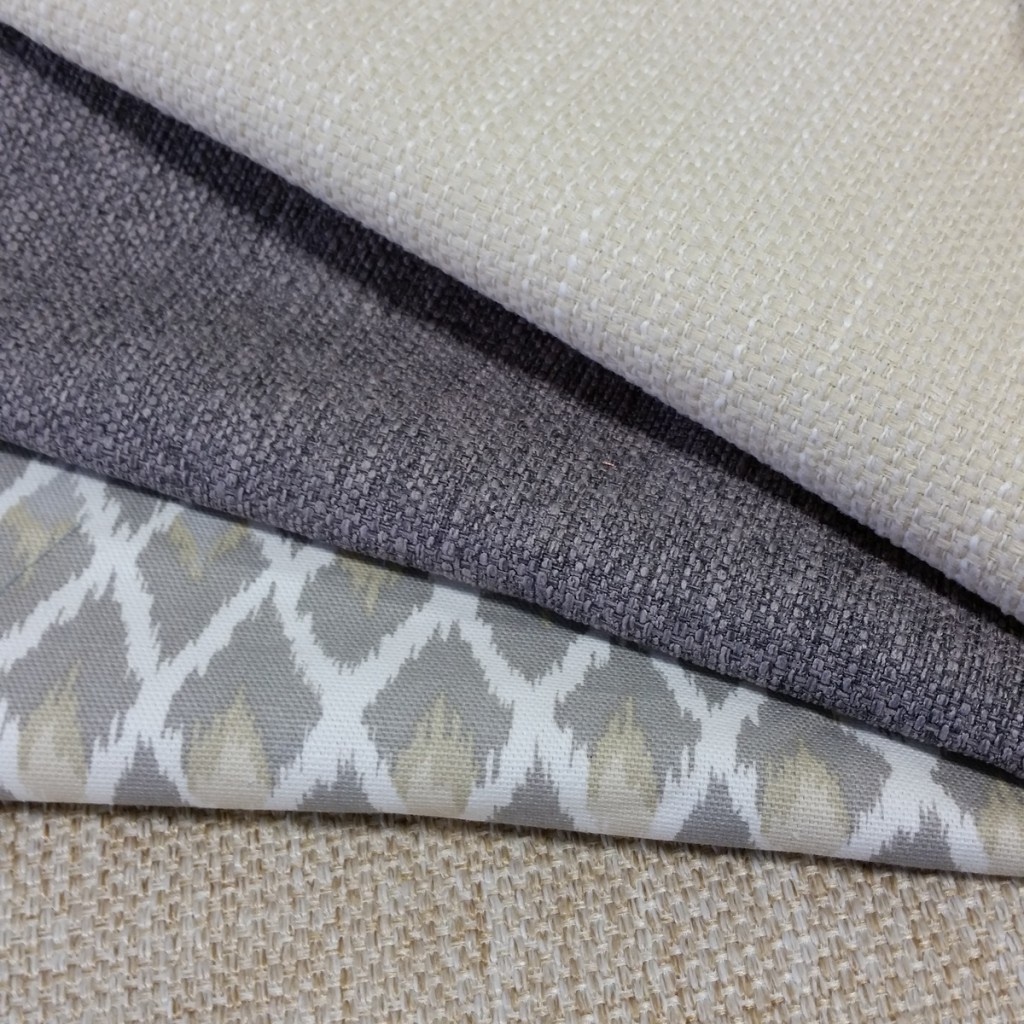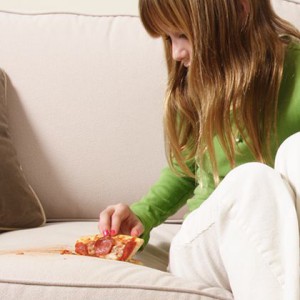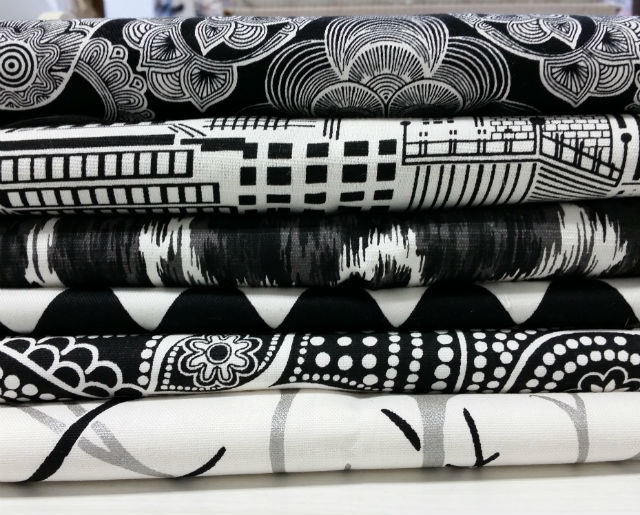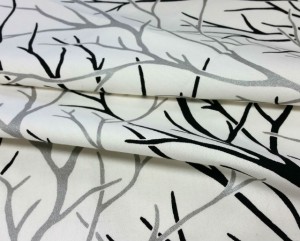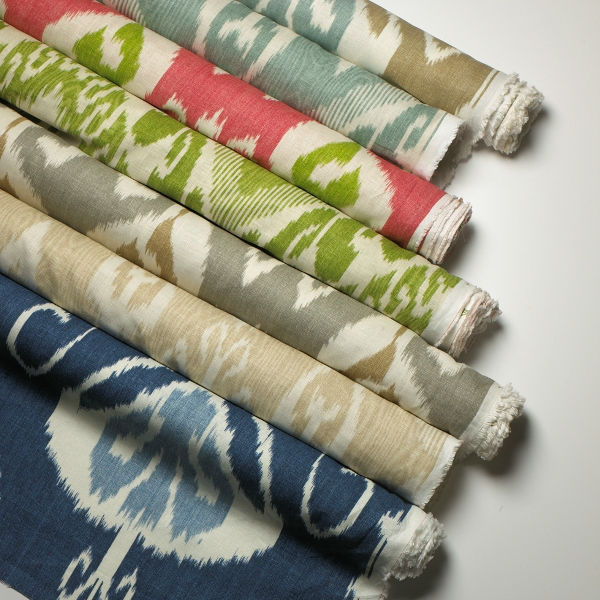And why you might not need as many as you think
“Is this fabric good for upholstery?” is a question that we get multiple times a day here at Housefabric.com. The majority of fabrics that we carry are considered multipurpose home décor fabrics, meaning that they are a weight that can be used for upholstery, drapery, pillows, and bedding. However, you can use a double rub rating to find out if a fabric is suitable for your upholstery project.
When talking about upholstery fabrics, double rubs give you an idea of the durability of the fabric. A tool is used to measure abrasion against a fabric before it shows wear, essentially measuring how many times you could sit down and get back up before it would show wear. It does not test for durability factors for circumstances where the fabric may be punctured or pulled like with dog or cat nails. Any fabric rated between 3,000 and 15,000 double rubs is suitable for residential upholstery. Some sources recommend 3,000 rubs per year of use, but you would have to sit down and get back up 8 times each and every day to have that much wear in one year. Even a well loved chair is unlikely to see that much use.
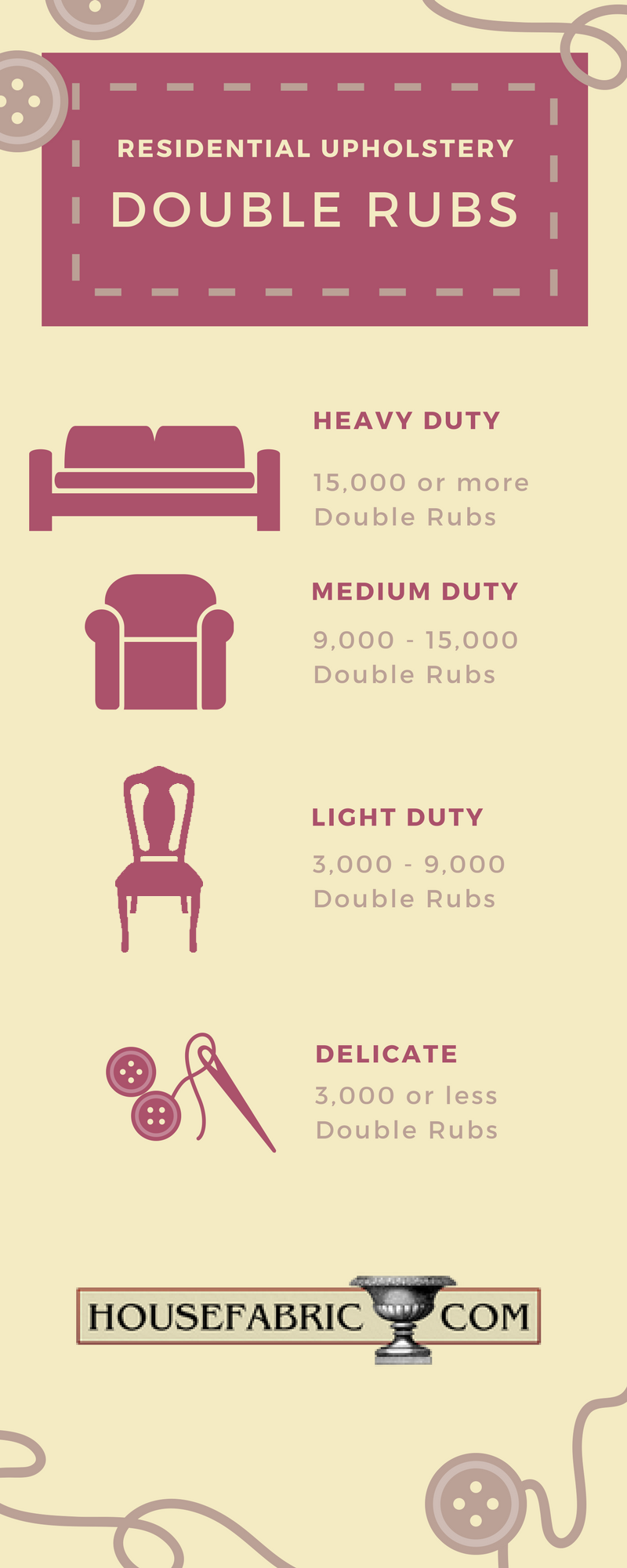
So why do you see rub counts into the hundreds of thousands? Well, recently customers have been more interested in high rub count fabrics. Fabrics above 15,000 double rubs have traditionally been used for commercial uses, and up until a few years ago residential customers were not looking for fabrics that tested this high. Many older fabrics show a rub count of “Tested to 15,000 Double Rubs” or “Exceeds 15,000 Double Rubs” because the testing machine was turned off at this point as it is considered heavy duty for residential use and was not worth the added expense to continue testing further. Some newer designs show a higher rub count even though they are the same fabrication as the old designs simply because the machine was left on longer as more people are looking for higher rub counts.
Are you looking for fabric for a commercial use such as an office or a waiting room? The durability rating for commercial or contract fabric is as follows:
Contract Upholstery Minimum: The absolute lowest double rub rating you want for office grade furniture is 15,000. This is considered the best for the average office.
Heavy Duty: 15,000-30,000 double rubs. This heavy-duty upholstery offers increased durability, making it ideal for offices that operate around 40 hours per week, hotel rooms, and dining areas that see moderate traffic.
Extra Heavy Duty: 30,000+ double rub. You will find this super durable grade fabric in high traffic waiting rooms, theaters, stadiums, airport terminals, and restaurants. It is designed to offer maximum durability without showing signs of wear.
There are many factors that play into the durability of a fabric including weave, fiber, tensile strength, and expected use. The double rub count is not a guarantee and is only meant to be used to help you make the best choice for your needs.
